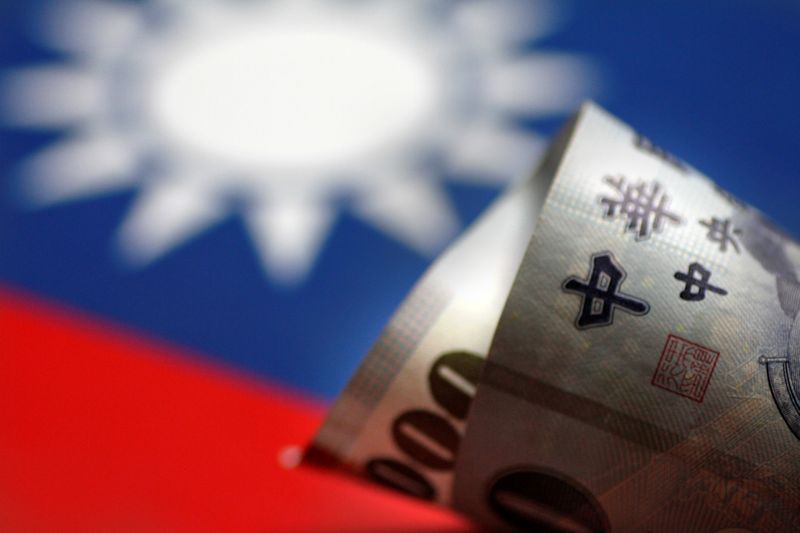
The Taiwan dollar lagged, as did the Chinese yuan, after U.S. Republican presidential candidate Donald Trump said Taiwan should pay the U.S. for defense supplies.
The Japanese yen steadied after Bank of Japan data suggested that Tokyo had intervened in currency markets last week. But the currency still remained relatively weak, when compared to its regional peers.
The Taiwan dollar’s USDTWD pair rose slightly, while the Chinese yuan’s USDCNY pair steadied near eight-month highs following Trump’s comments.
His comments raised concerns over just what a potential Trump presidency could entail for U.S.-China relations, given that he has maintained a largely negative rhetoric against Beijing. Trump’s administration had imposed steep import tariffs on China in the late-2010s, sparking a trade war with Beijing.
Fears of a renewed trade war kept traders largely averse towards Chinese markets in recent sessions, especially as Trump saw a boost in popularity after a failed assassination attempt.
The Japanese yen’s USDJPY pair steadied around 158.37 yen after recovering sharply from nearly 162 yen in recent sessions.
BOJ data showed the Japanese government likely intervened in currency markets last week to support the yen, which had been battered by a dovish outlook for the BOJ.
But the yen was due for some relief, especially in the face of lower U.S. interest rates. A widening gulf between U.S. and Japanese interest rates had been a key point of pressure on the yen over the past two years.
The dollar index and dollar index futures moved little in Asian trade as a rebound in the greenback stalled.
The dollar had initially taken some support from increased speculation over a Trump presidency, which could be positive for the currency in the long term.
But growing bets on interest rate cuts largely offset this notion, with traders pricing in an over 90% chance the Fed will cut rates by 25 basis points in September, according to CME Fedwatch.
The prospect of lower rates largely cut short gains in the dollar, and also presented a more positive outlook for Asian markets.
Broader Asian currencies advanced on this notion. The Australian dollar’s AUDUSD pair rose 0.1%, while the South Korean won’s USDKRW pair fell 0.2%.
The New Zealand dollar’s NZDUSD pair rose 0.4%, with the currency strengthening despite a softer-than-expected reading on second quarter inflation, which increased the chances of a rate cut by the Reserve Bank.
The Singapore dollar’s USDSGD pair fell 0.1% even as data showed the island state’s key non-oil exports sank more than expected in June.
The Indian rupee’s USDINR pair remained in sight of record highs, seeing little relief.
To read the full article, Click Here
